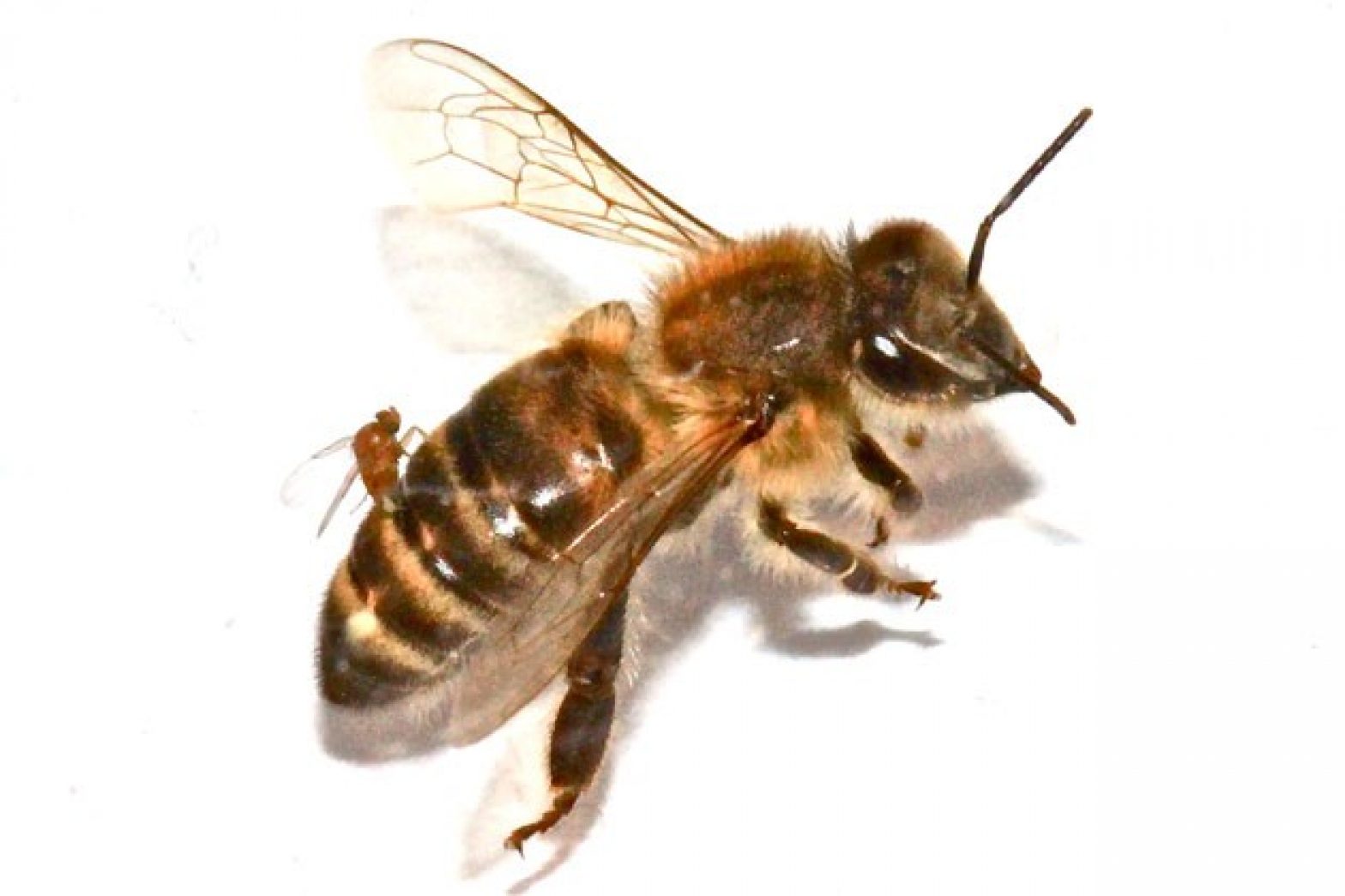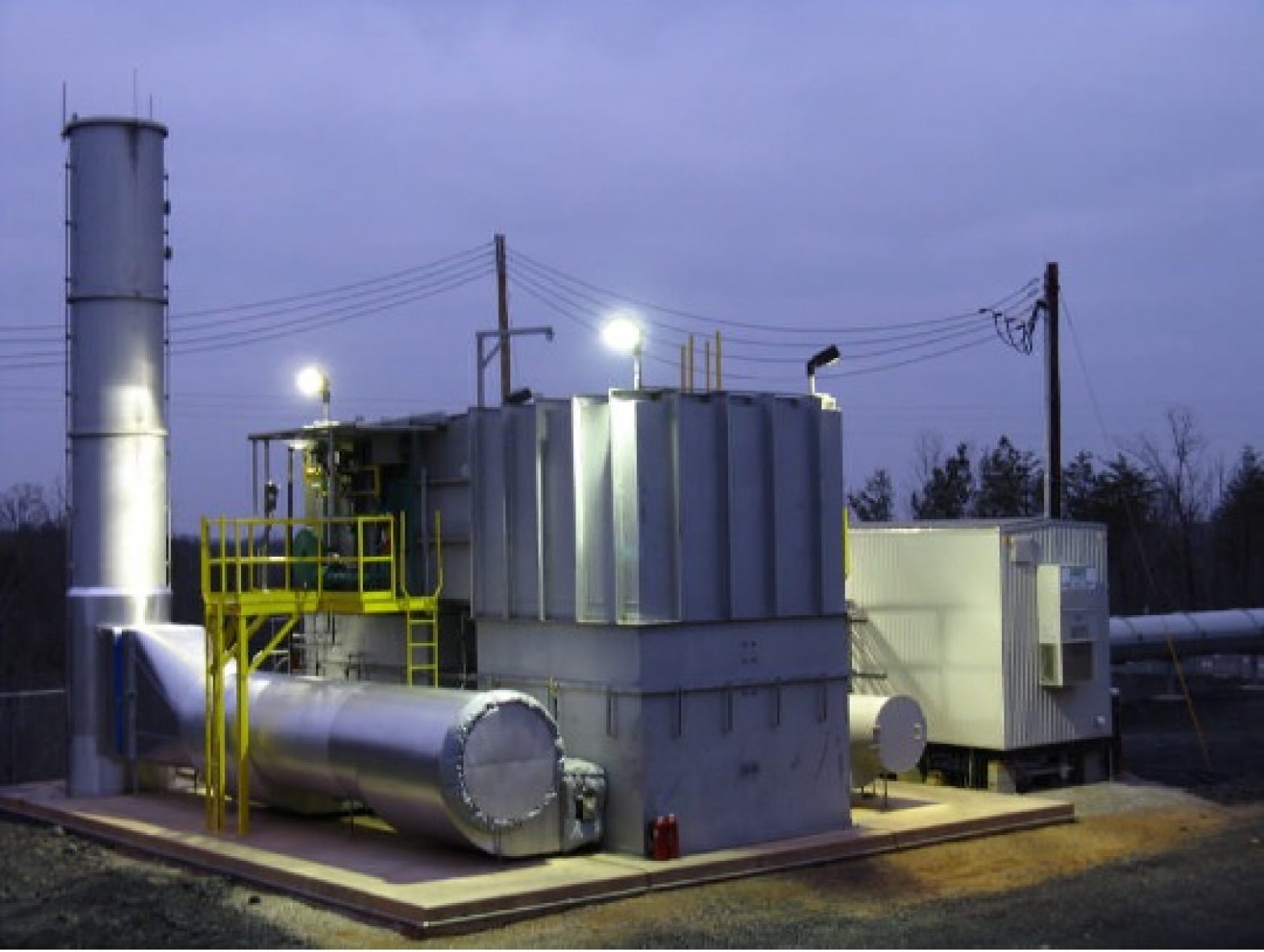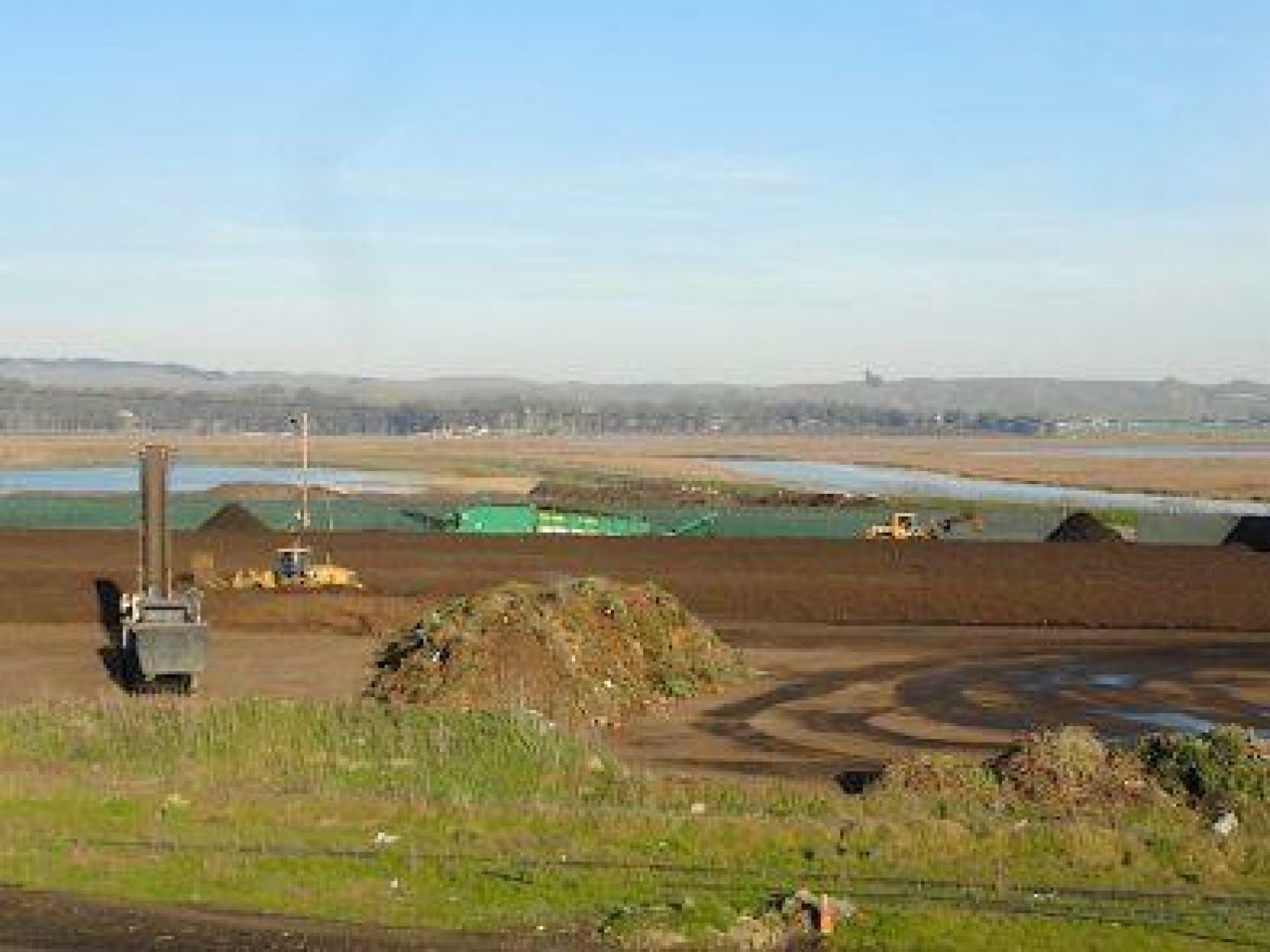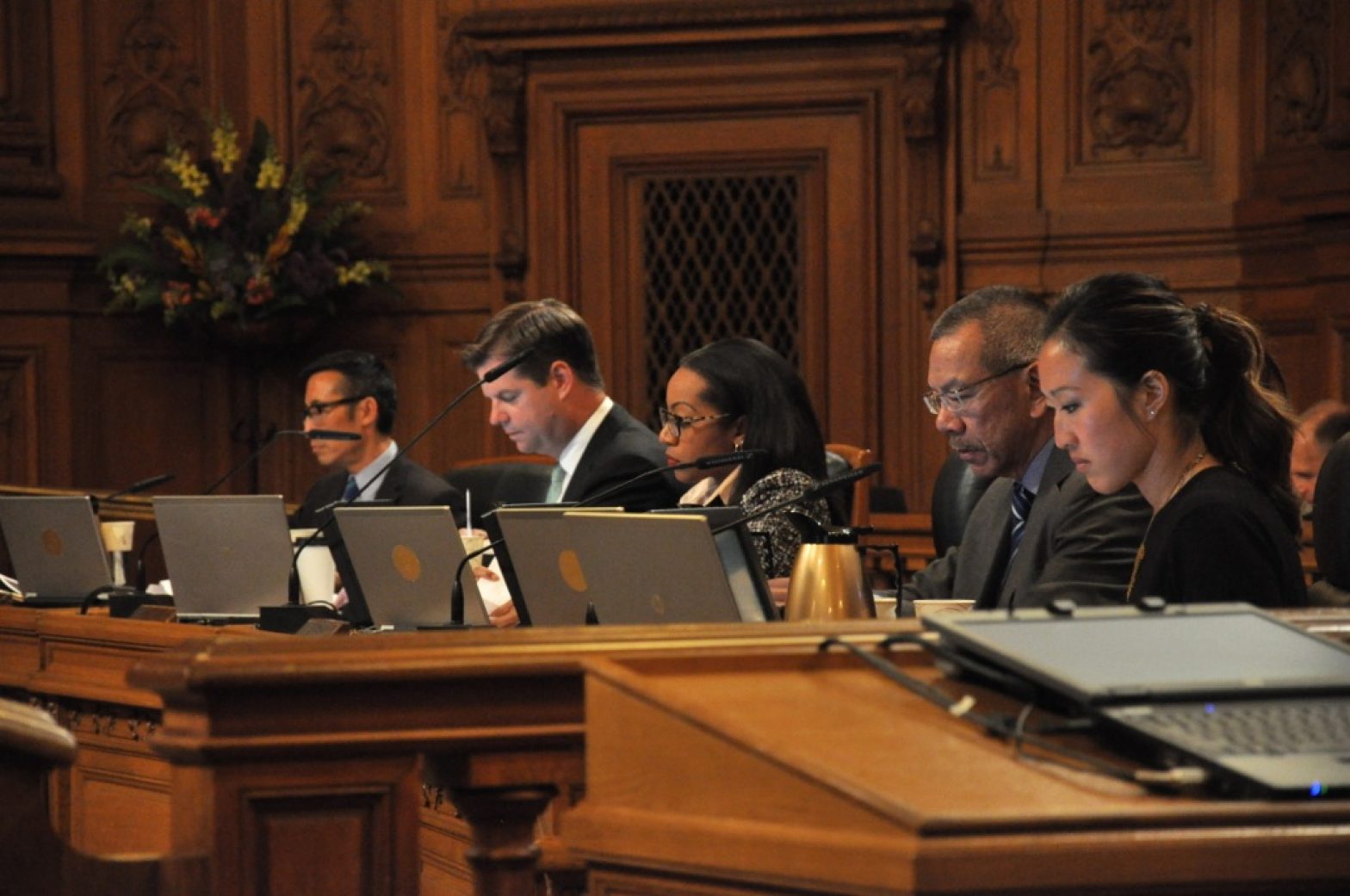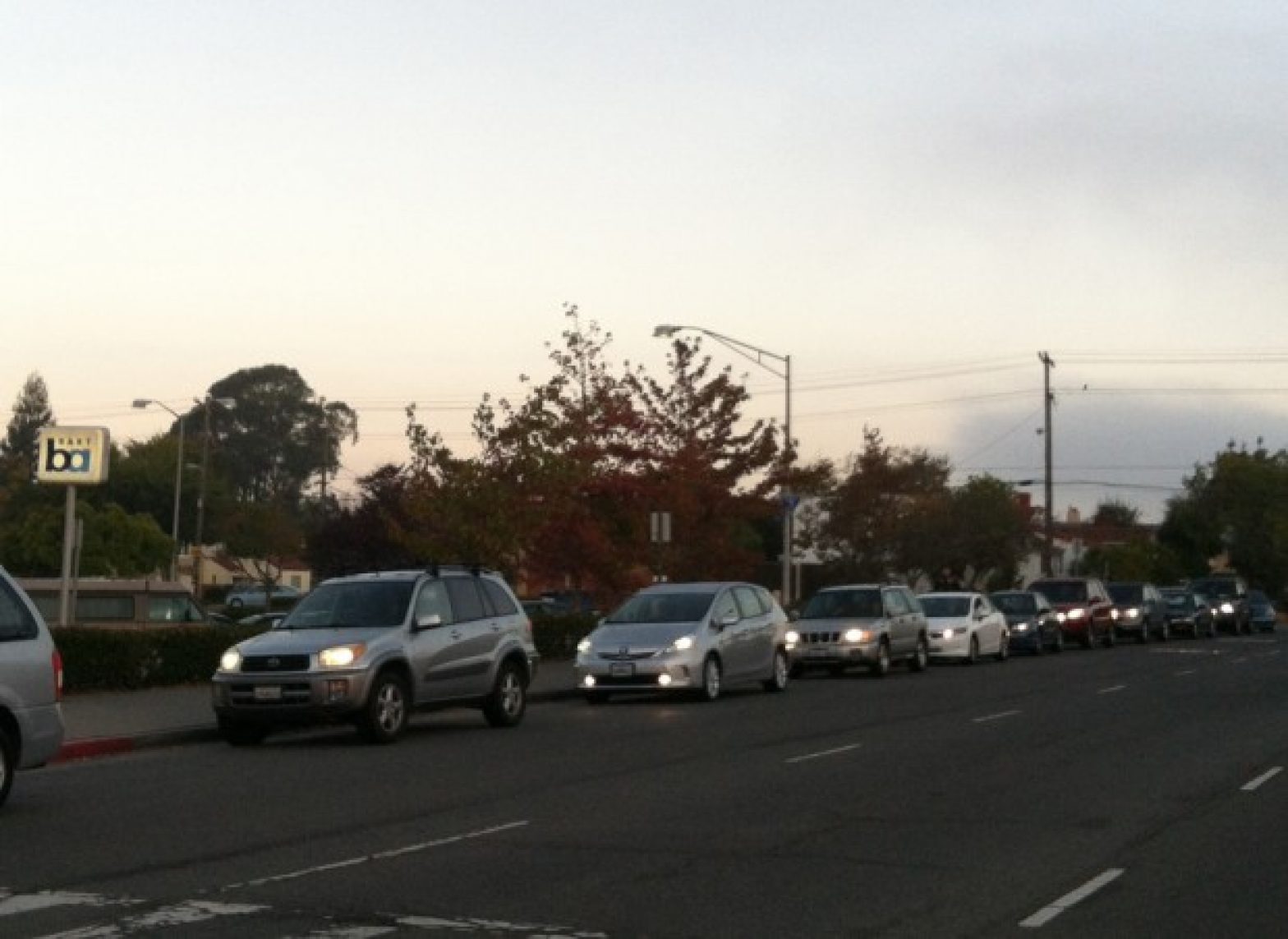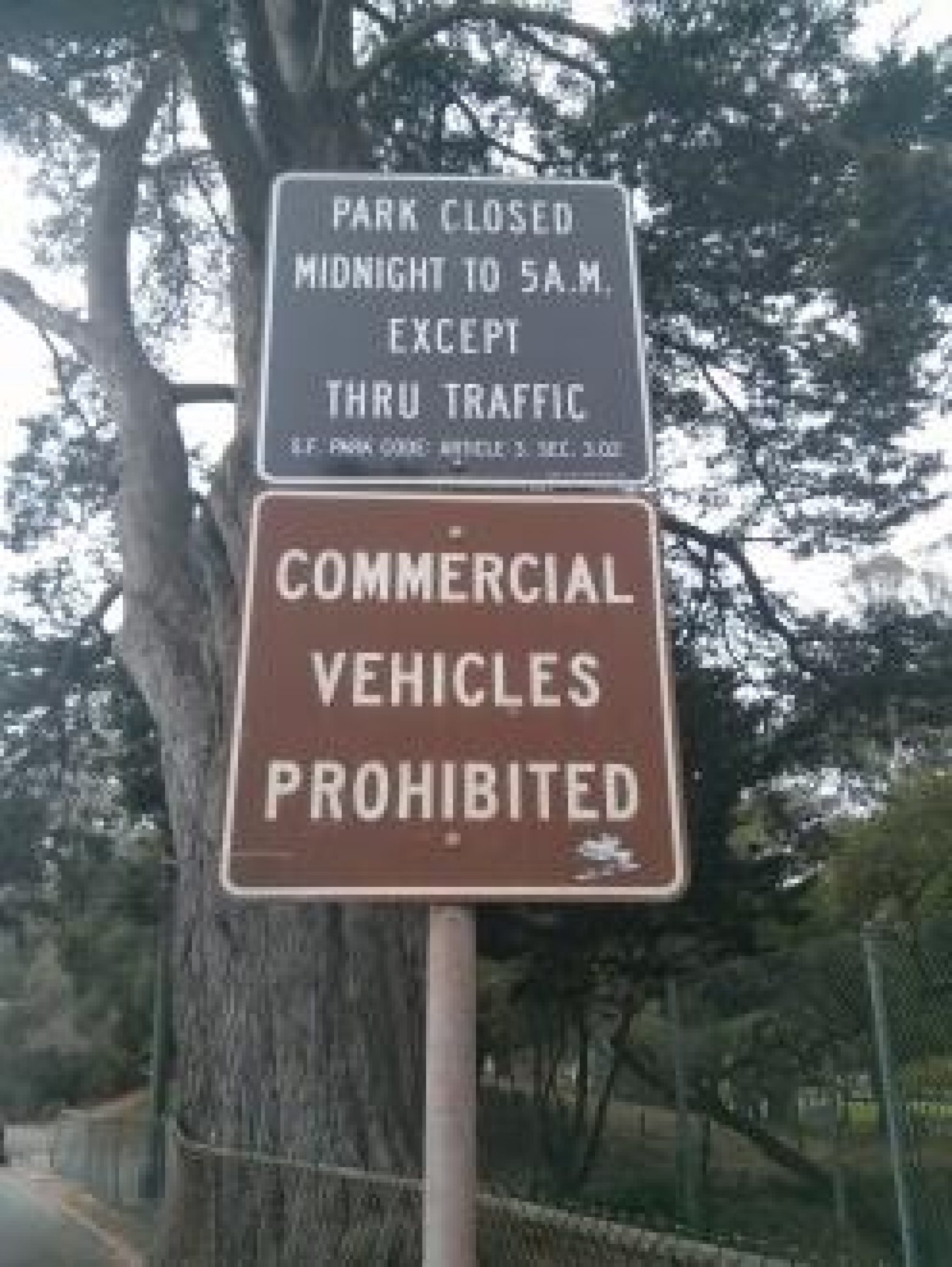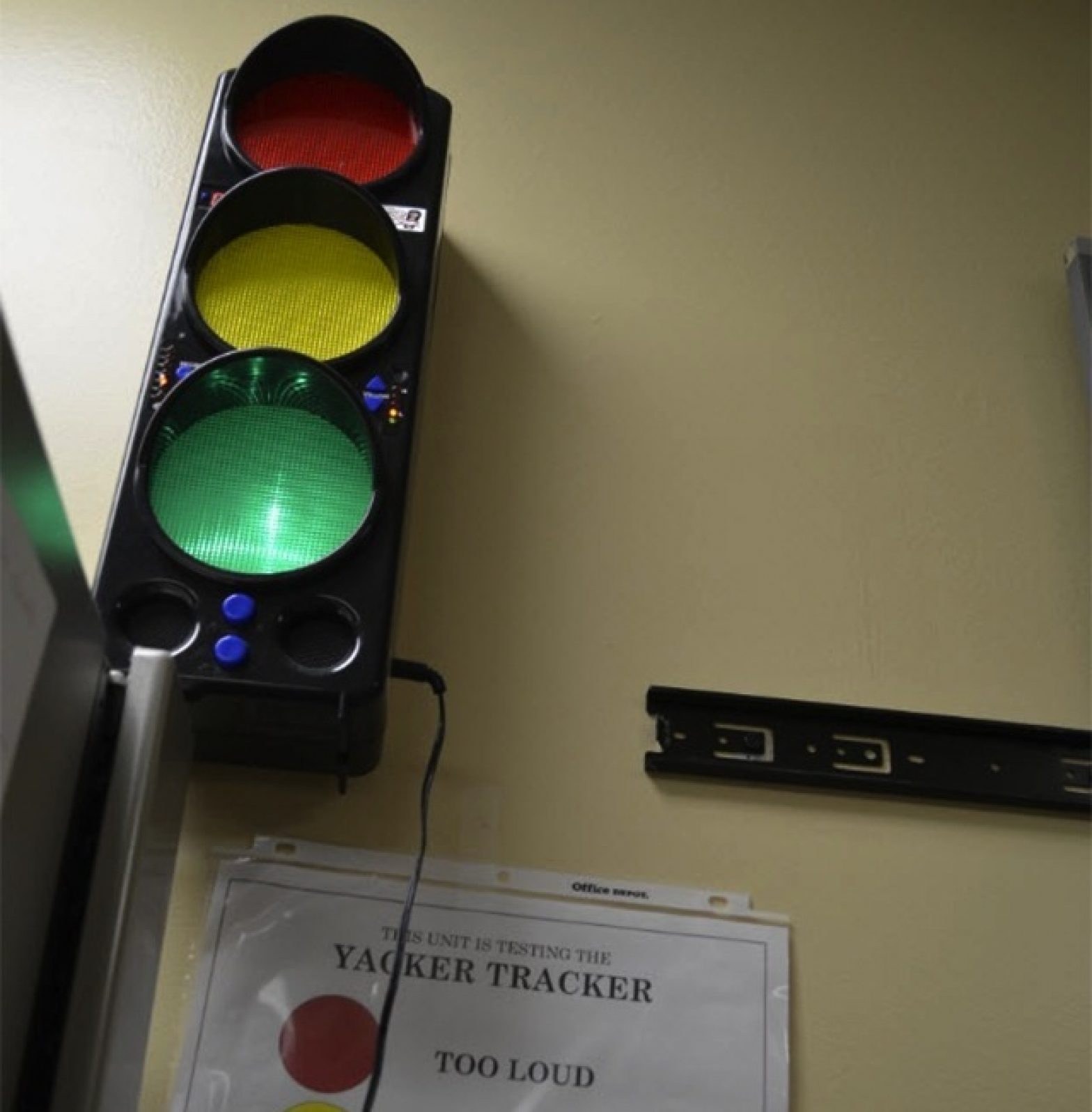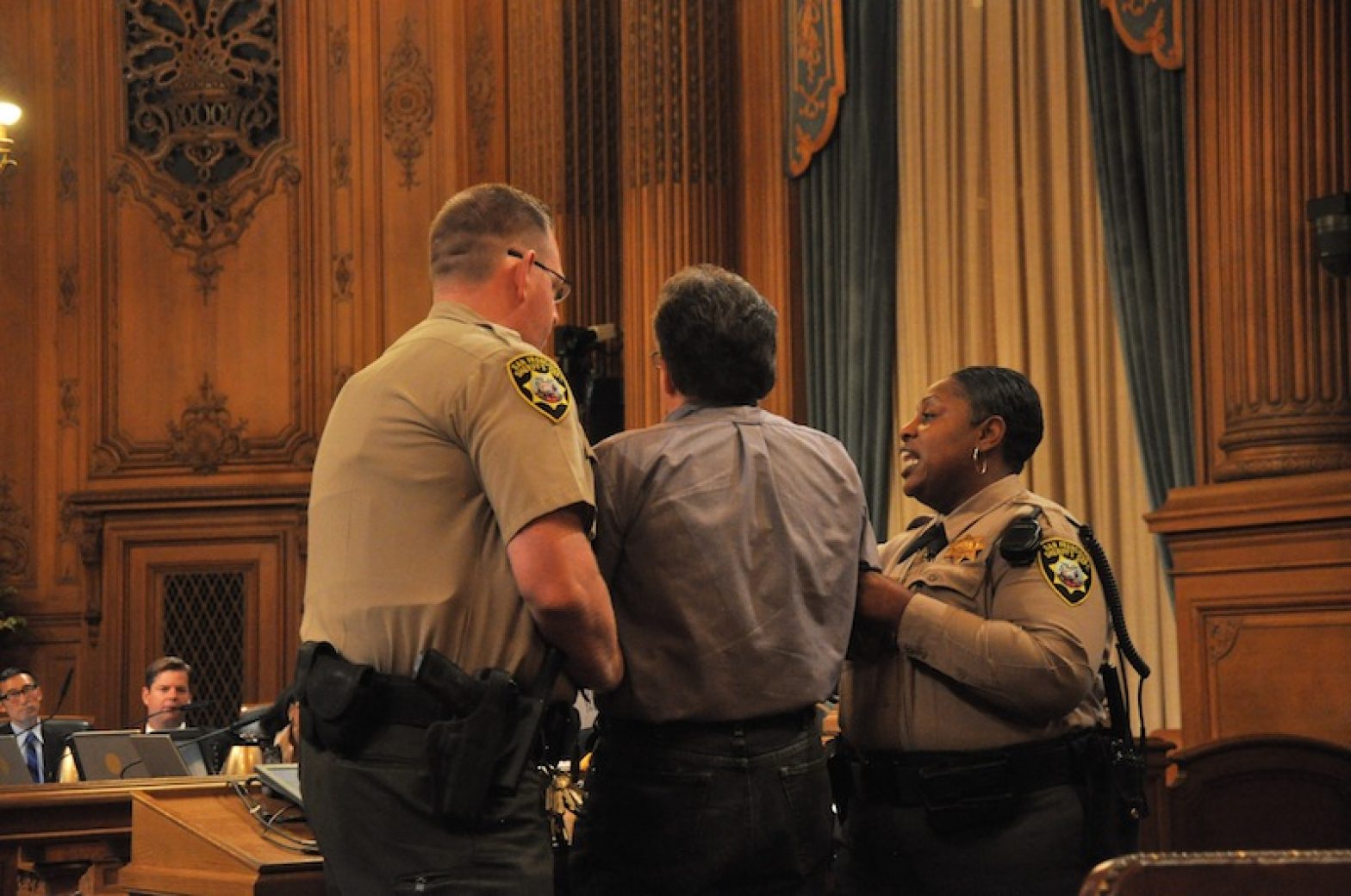News
For Bee Researchers, It’s Real-Life Night of Flying Dead
By Rachel Diaz-Bastin, Bay Nature
A few years ago, John Hafernik, a biology professor at San Francisco State University, noticed a group of honeybees acting strangely, walking in circles on the concrete outside of his building on campus. He had recently acquired a pet praying mantis, so his first thought was: “Mantis food!” For days, he scooped up the shambling bees into vials and fed them to his hungry pet. One vial of bees, however, sat forgotten on his desk. When he remembered the vial a week later, he was surprised to find it filled with partially decapitated bees and small, brown fly pupae. Read the complete story at Bay Nature.
